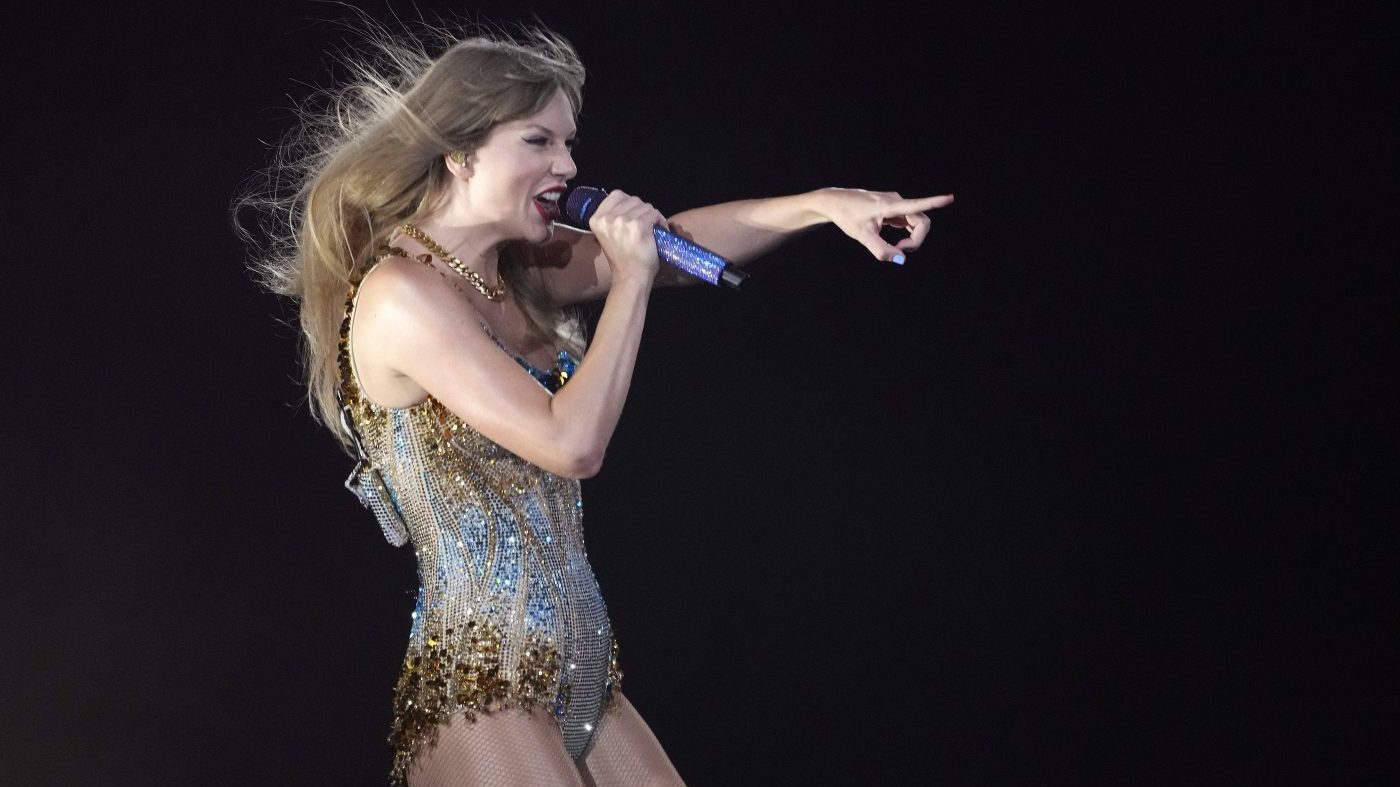Under the rule, 56 percent of the new vehicles on the market in 2032 could be battery electric, while an additional 13 percent could be plug-in hybrids. Under this scenario, just 29 percent of cars would be gas-powered, while an additional 3 percent would be other hybrids.
Only 16 percent of new vehicle sales were electric and hybrid cars last year.
The rule is a cornerstone of the Biden administration’s climate agenda; the cars and other light-duty vehicles it regulates currently make up about 17 percent of U.S. planet-warming emissions. The rule also regulates medium-duty vehicles, including vans and pickup trucks.
But the regulation is expected to be highly contentious — with a proposed version last year garnering pushback from Republicans and industry, along with the auto workers union.
In the wake of the criticism, the administration made some changes to the rule, which covers vehicle model years 2027 through 2032 — slowing down the transition to EVs with less stringent requirements for some of the rule’s the earlier years.
For model year 2029 under the proposed rule, for example, 55 percent of vehicles were expected to be electric, and 45 percent were expected to be gas-powered, while the new rule has gas-powered cars making up 49 percent of sales that year.
Read more in a full report at TheHill.com.

















